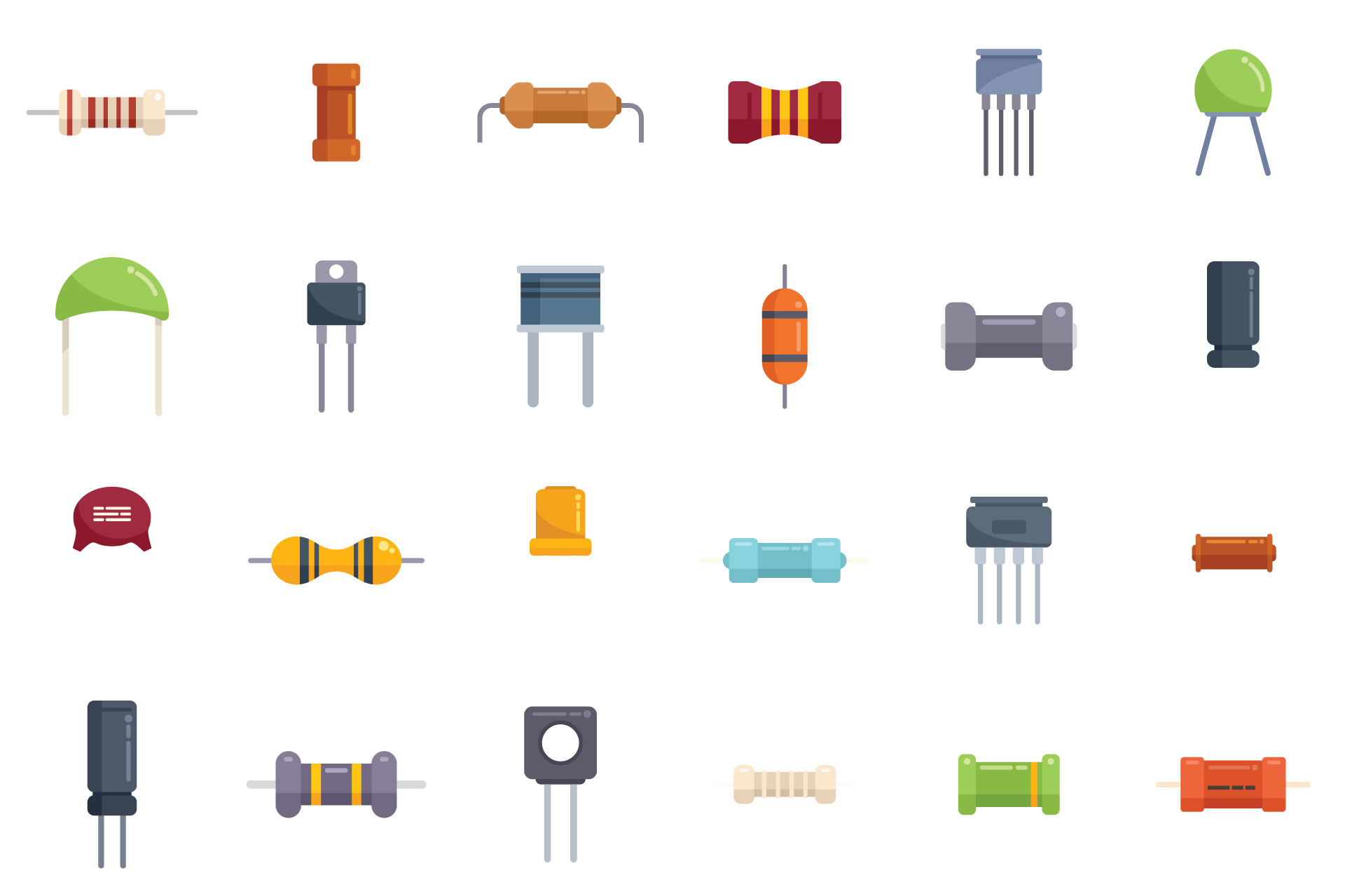Passive electronic components are essential building blocks of the electronics industry. Much like bricks support the structure of a building, passive electrical components are critical to the structure and function of electrical circuits. Each component is essential to ensuring our devices and systems operate seamlessly, from controlling the flow of electrical signals to storing energy to filtering signals, etc.Â
Today, we’re examining these critical electrical devices in detail, including a passive components list, their importance, how they differentiate from active components, and much more.
What is a Passive Component?
The passive electronic components definition is pretty straightforward - these simple devices interact with energy without amplifying it. Passive components do not require an external power source for operation, which includes storing, filtering, and dissipating electrical energy within a circuit. Overall, passive components are essential to the function of circuits, performing crucial roles like current flow control, energy storage, signal filtering, and ensuring overall circuit stability.
What is a Passive Device?
Passive components and passive devices in electronics refer to the same type of elements. Although often referred to interchangeably, the two can have subtle differences regarding usage and context. A passive component is a simple, single-function element like a resistor, capacitor, or inductor. A passive device, however, may also refer to more complex assemblies and systems consisting of more than one passive component. An RF filter is a good example, as it is an integrated passive device that incorporates multiple passive electrical components, i.e., Â inductors, capacitors, and (sometimes) resistors.
Active and Passive Electrical Components
In the electrical industry, there are active and passive electrical components. Although different, these components work together to form the backbone of electrical circuits, making complex electrical tasks possible. In the simplest terms, active components amplify and process signals, while passive components do not - and it’s this difference that dictates their roles and applications within electronic systems.
What is the Difference Between Passive and Active Components?
As their names imply, passive and active electronic components differ in power requirements, among other things. While passive components in electronics do not require an external power source, active components do. Therefore, active components can amplify, generate, and control electrical signals. Alternatively, passive electronic components can only store, filter, and dissipate signals or energy.Â
In other words, passive components provide essential functions like energy storage, signal filtering, and protection, while active components enable amplification, control, and complex processing. Both active and passive electrical components are integral to the functionality of electrical systems, working together to achieve efficiency and reliability. For example, power supplies use transformers and capacitors (passive components) with voltage regulators and integrated circuits (active components) to supply stable power to electronic devices.
Types of Passive Circuit Components
Next, let’s examine the most common examples of passive electronic components.


Resistors
The resistor is a passive component that limits the flow of electrical current, divides voltages, and dissipates power as heat. Resistors consist of copper wires coiled around a ceramic rod with an outer coating protected by colorful insulated paint, which acts as a coding system to indicate value and tolerance.
Capacitors
Capacitors store and release electrical energy, filter signals, and smooth power supply fluctuations. These passive electronic components feature two or more conducting plates separated by a dielectric material (such as ceramic or plastic).
Inductors
Inductors are passive components in electronics that store energy in a magnetic field when electric current flows through it, helping filter out unwanted frequencies in electrical circuits. Inductors consist of coiled wire (usually copper) around an air, iron, or ferrite core.
Transformers
Another passive component example is the transformer. Transformers transfer electrical energy between two or more circuits through electromagnetic induction, either stepping up or down power as needed. These components consist of two coils of wire wrapped around a core of iron or other magnetic material.
Mechanical Switches
Mechanical switches are passive components because they do not require an external power source. They also do not store or generate energy or amplify signals. They merely provide a means to control the current flow in a circuit by opening or closing electrical contacts via an actuator.












